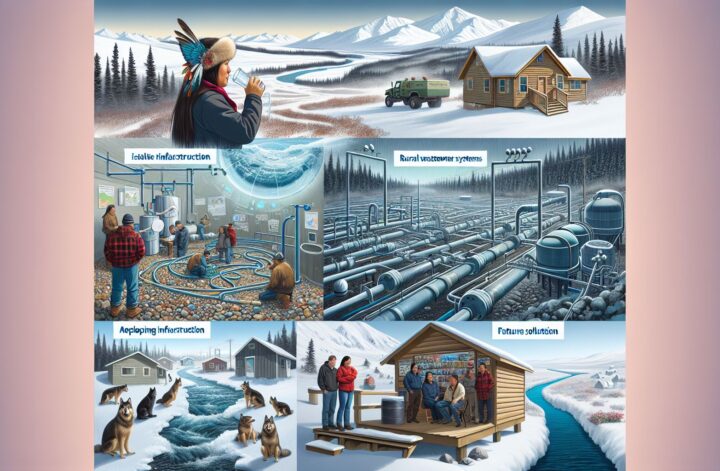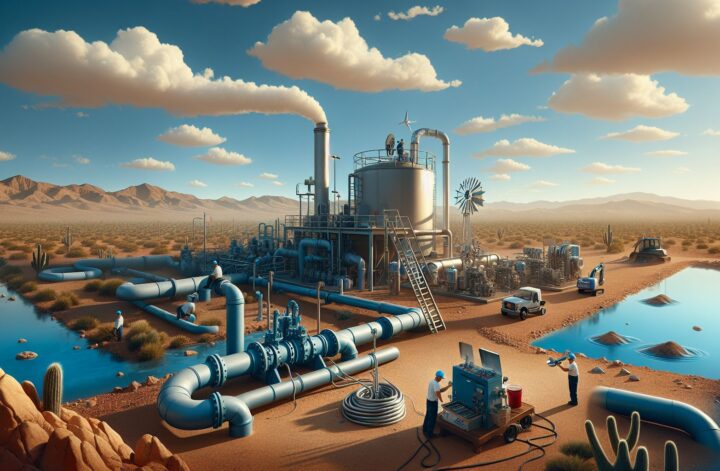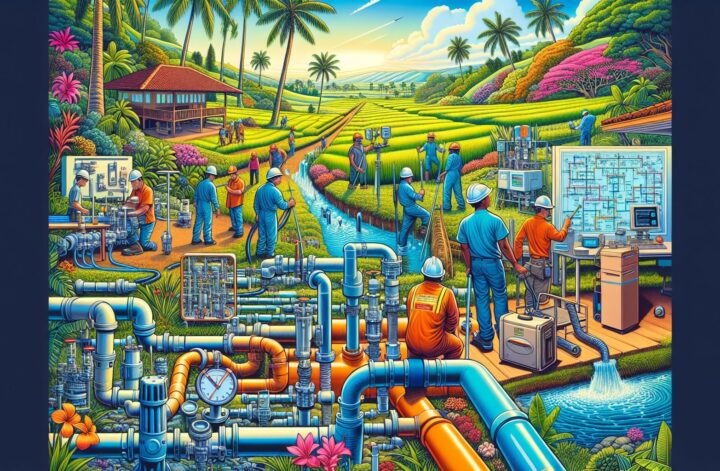As the largest state in the U.S., Alaska boasts a diverse geography and climate, but the vastness of the area also poses considerable challenges, particularly in providing sustainable rural water and wastewater systems.
Remote communities in Alaska often grapple with limited finance, extreme weather conditions, and a lack of infrastructure, which exacerbates the struggles of maintaining and improving their water and wastewater systems. This also contributes to compromises on safe, reliable, and affordable water and sanitation services.
The Alaska Department of Environmental Conservation (DEC) reports that about one-fifth of Alaskans rely on small and decentralized water systems. Moreover, over 3,000 households completely lack plumbing facilities, predominantly affecting Native Alaskan communities [^(1^)].
DEC further highlights the importance of effective wastewater treatment. In regions without effective treatment, untreated wastewater infiltrates rivers and streams—a significant problem with implications for public health and environmental sustainability.
Current approaches to water and wastewater management involve individualized solutions in the form of holding tanks, piped distribution systems, or flush-haul systems [^(2^)]. However, these methods place heavy operational and maintenance burdens on local communities. In addition, the exorbitant cost of energy in remote areas can make these systems unsustainable in the long term.
Looking towards the future, the University of Alaska Fairbanks has been investigating innovative, cost-effective, and sustainable options for rural water and wastewater systems. Projects include the development of a direct water reuse system and the use of thermophilic composting for sewage treatment [^(3^)].
There is a pressing need for more comprehensive and sustainable options for water and wastewater systems in rural Alaska to ensure the health and wellbeing of these communities. Despite the challenges, there remains considerable commitment and interest to innovate and find locally-led, resilient solutions.
[^1^]: Drinking Water in Alaska
[^2^]: Water and Wastewater Utility Management for Rural and Native Villages of Alaska
[^3^]: Innovative Water and Wastewater Systems for Remote Locations




